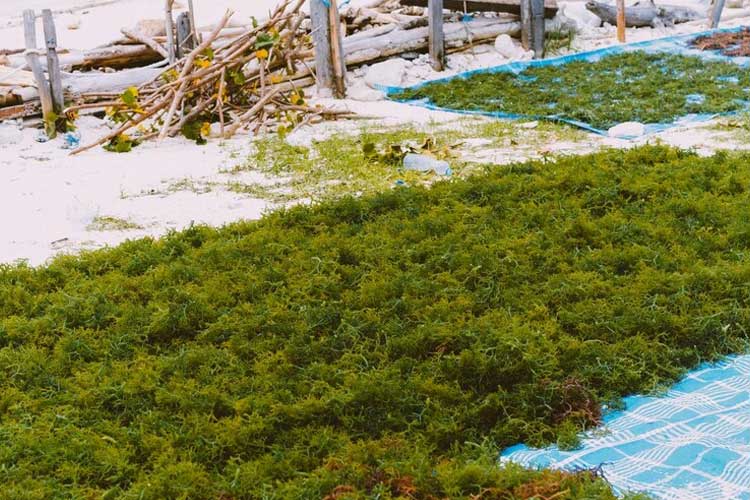TIMES MADIUN, JAKARTA – Seaweed, often overlooked, is a marine marvel with a multitude of applications. Its cultivation not only provides a sustainable source but also offers various environmental benefits. Let's dive into the diverse world of this plant, exploring its cultivation, types, and the positive impact it has on our planet.
Seaweed cultivation involves the farming of algae in marine environments. This practice is gaining popularity due to its low environmental impact compared to land-based agriculture.
The process often utilizes vertical structures in the ocean, promoting efficient use of space and resources. Seaweeds are known for their rapid growth, and with proper management, they can be harvested sustainably.
Types of Seaweed
These plans are broadly categorized into three types based on their pigmentation: green, brown, and red. Each type has distinct characteristics and applications. Green seaweeds, such as Ulva and Sea Lettuce, are rich in chlorophyll and commonly used in salads.
Brown seaweeds, like Kelp and Wakame, are known for their complex carbohydrates and are frequently employed in Asian cuisines. Red seaweeds, including nori and dulse, are often used in sushi and provide unique flavors and textures.
This plant is not only diverse in its types but is also a nutritional powerhouse. Rich in vitamins, minerals, and antioxidants, it offers numerous health benefits.
It's an excellent source of iodine, essential for thyroid function, and contains omega-3 fatty acids known for their heart-healthy properties. As awareness of the health benefits of it grows, the plant is increasingly incorporated into various diets worldwide.
Environmental Benefits
Beyond its culinary uses, seaweed plays a crucial role in marine ecosystems. It absorbs carbon dioxide during photosynthesis, mitigating the effects of climate change.
It also act as habitats and nurseries for marine organisms, contributing to biodiversity. Some innovative projects explore the potential of seaweed cultivation for eco-friendly packaging, providing a sustainable alternative to traditional materials.
This plant has been a staple in Asian cuisines for centuries, adding unique flavors and textures to dishes. From miso soup with kombu to sushi wrapped in nori, seaweed's culinary applications are vast. Its umami-rich taste enhances various recipes, making it a versatile ingredient in both traditional and contemporary cooking.
Rising Superfood Status
In recent years, this water plant has gained superfood status globally. Its nutritional profile, coupled with sustainability, has sparked interest among health-conscious consumers. Seaweed snacks, supplements, and even seaweed-based seasonings have become popular choices for those seeking nutritious and eco-friendly options.
With its cultivation practices, diverse types, and environmental benefits, it emerges as a powerhouse of possibilities. Whether it's contributing to a healthier diet, fostering marine ecosystems, or offering sustainable alternatives, seaweed continues to make waves in various fields.
As we delve deeper into its wonders, the potential for a seaweed-centric future, both on our plates and for the planet, becomes increasingly evident. Embracing the marvels of seaweed might just be a key ingredient in building a more sustainable and nourished world. (*)
| Pewarta | : Khodijah Siti |
| Editor | : Khodijah Siti |

























